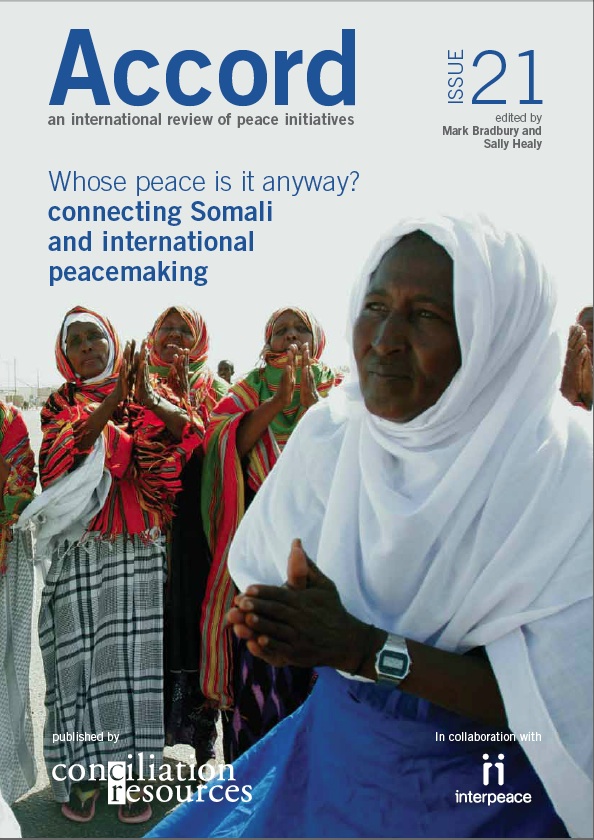Many of the problems encountered in Somali national reconciliation processes have been a reflection of obstacles to peace over which external mediators have had little control. This fact is often forgotten in the rush to criticise international diplomats working to resolve the Somali crisis.
Nevertheless, the quality of external mediation in Somalia has been uneven and has resulted in several missed opportunities for peace. Some of the most common criticisms of external mediation in Somalia are outlined below.
Over-emphasis on state-revival and power-sharing
Arguably the single biggest mistake by external mediators since 1991 has been to conflate the revival of a central government with successful reconciliation, leading to a preoccupation with brokering power sharing deals. Time and again power sharing accords in the absence of even token efforts at national reconciliation have produced stillborn transitional governments.
Lack of international political will
Weak international political will to address Somalia was especially evident from 1989-92 when external attention was distracted by the end of the Cold War and other major global developments. But this was also the case in the post-UNOSOM period, when Somalia was again given only marginal attention.
A related problem has been half-hearted follow through after having reached an accord and the failure of external actors to provide timely, robust support to newly declared transitional governments. This was a central feature of the debate in 2000 and 2001 between those who argued for a ‘wait and see’ approach to the TNG versus those who advocated immediate aid in order to ‘prime the pump’ and build confidence in the fledgling government. A similar debate occurred in 2005 with the TFG.
This latter view stresses that the months immediately following peace accords constitute a brief window of opportunity that is lost if external assistance is delayed and the fledgling government fails to earn ‘performance’ legitimacy in the eyes of the Somali public, by improving public security and provision of basic services.
Misdiagnosis
Somalia’s crisis defies easy boilerplate approaches and pre-set templates. Yet far too many diplomatic initiatives in Somalia have been formulaic and have actively resisted tailoring mediation to close knowledge of Somali politics and culture. A related problem is the tendency for external mediating teams to acquire just enough knowledge of Somalia to feel that they have mastered the country, when in fact they have dangerously misread it. Nowhere is the adage ‘a little knowledge is a dangerous thing’ more apt than in Somalia.
Lack of strategy
In several cases important mediation efforts have substituted timetables for a genuine reconciliation strategy. Little thought was given to handling spoilers, security guarantees and other important issues, leaving mediators susceptible to unexpected surprises and ensuring that the entire mediation effort was reduced to crisis response.
Lack of neutrality
Several national reconciliation conferences were clearly mediated with the intent of producing a political outcome in favour of local allies. Others started relatively neutral, but once the process was underway mediators made decisions which tilted the playing field in favour of one or another political group.
Whenever peace processes led to the declaration of a transitional government, mediators treated that transitional authority as legitimate, even if other Somali groupings rejected it. From UNOSOM in 1993 to the TFG in 2008, mediators’ understandable support for the transitional entities they helped establish has created accusations of bias on the part of rejectionists. This points to an important dynamic in Somalia, namely the tendency for conflict to continue during and after accords have been signed.
Poor quality mediators
In a few instances, Somalia has been saddled with external diplomats with weak credentials and capacity. The result has been embarrassing mistakes and missed opportunities.

